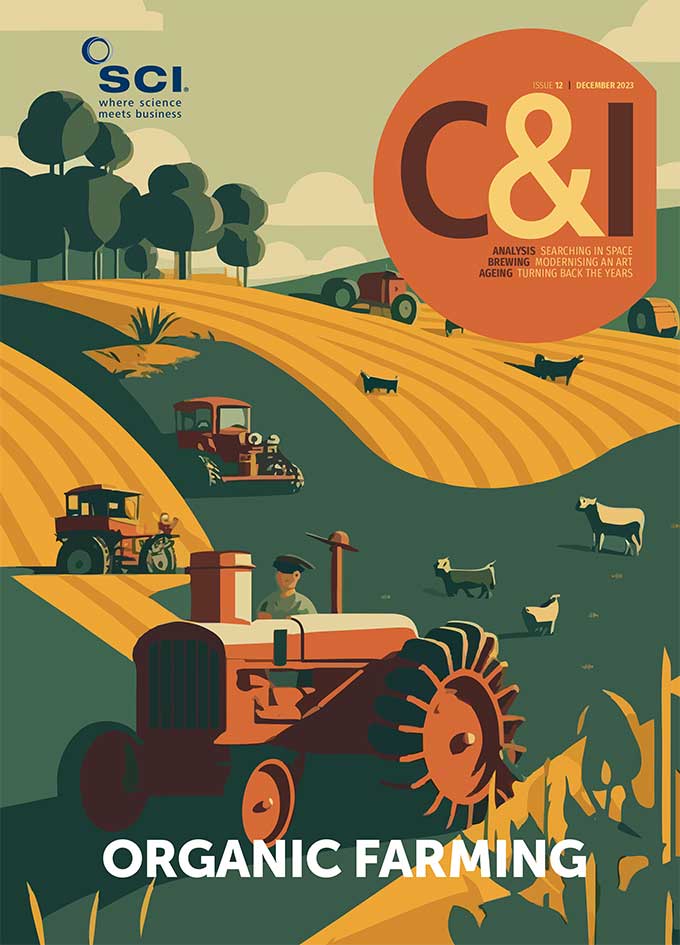BY NEIL EISBERG | 21 DECEMBER 2023
Poland bucks the trend as antibiotic sales fall across Europe.
The use of antibiotics on farms has been described by the World Health Organization as ‘one of the biggest threats to global health, food security and development today’, due to their contribution to antimicrobial resistance. However, within the European Union, regulation is believed to have contributed to a reduction in their use.
According to the latest European Surveillance of Veterinary Antimicrobial Consumption report, farm antibiotic sales in three European countries fell by 12.7% in 2022, compared with 2021. Overall sales fell by 53% between 2011 and 2022 for the 25 countries that have data covering that period. The fall in 2022 is believed to be due to new EU regulations that came into force on 28 January 2022, which ban all forms of routine farm antibiotic use including prophylactic treatments for herds or flocks of animals.
There is some disparity in the impact of the regulations, however, as Poland saw sales increase by 11.6% to reach its highest ever level, while Cyprus has the highest levels of sales, and sales remain high in Italy, Spain, Hungary and Bulgaria.
Meanwhile, in the UK, regulation to reduce farm antibiotic use has been promised by the UK government for the past five years but has failed to be introduced. The European-based Alliance to Save Our Antibiotics has described the UK as being an outlier in Western Europe due to this lack of governmental action. The UK Department for Environment, Food and Rural Affairs (DEFRA) is said to have previously indicated that legislation would be arriving during 2022.
Despite the lack of regulation, UK antibiotic sales for food-producing animals are at the lowest level to date, according to a report released by the UK Veterinary Medicines Directorate. The report, Antibiotic Resistance Sales Surveillance (2022), shows sales in 2022 of 25.7mg/kg, have dropped by 59% since 2014. In terms of tonnage, the total quantity of antibiotic active ingredient sold for all animals in the UK in 2022 was 193t, 57% down, compared with 2014. Tetracyclines remained the largest antibiotic class at 32% of sales, followed by penicillins (28%).
Sales of Highest Priority Critically Important Antibiotics (HP-CIAs) in food-producing animals represent less than 0.5% of total sales, at 0.12mg/kg, they are 82% down on the 2014 level. These products are used for trout in fish farming, down 67%, compared with 2014; gamebirds, down 64%; with the biggest fall of 99% for pigs, meat and poultry.
According to the UK National Office of Animal Health (NOAH), these reductions reflect the power of collaboration across the UK veterinary and agricultural sectors in terms of the responsible use of antibiotics as demonstrated by the work of the Responsible Use of Medicines in Agriculture Alliance (RUMA).
RUMA has also recently released its Targets Task Force 2 (TTF2) progress report, which summarises the third year of progress against antibiotic use targets for 2021-22. The report shows that targets continue to be greatly exceeded, met or are on track, and explains that where use has been needed to address disease outbreak, this has been done responsibly, effectively and efficiently.
Welcoming both reports, NOAH CEO, Dawn Howard, said: ‘We, alongside others, look forward to using the insights from these reports to further our commitment to responsible antibiotic use. Both reports reflect the collaborative efforts of vets, farmers, animal health companies and regulators to ensure antibiotics remain effective to treat animal disease and support animal health and welfare, thus helping in the fight against antimicrobial resistance.
‘NOAH is pleased to support the work of the RUMA TTF through initiatives such as our Livestock Vaccination Guideline and the Animal Medicines Best Practice (AMBP) programme farmer training.’
Howard also noted that the reports coincide with the launch of the second Antibiotic Amnesty Campaign, which calls for veterinary practices to actively encourage their clients to return any unused or out-of-date antibiotics for safe disposal.




